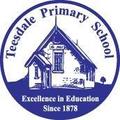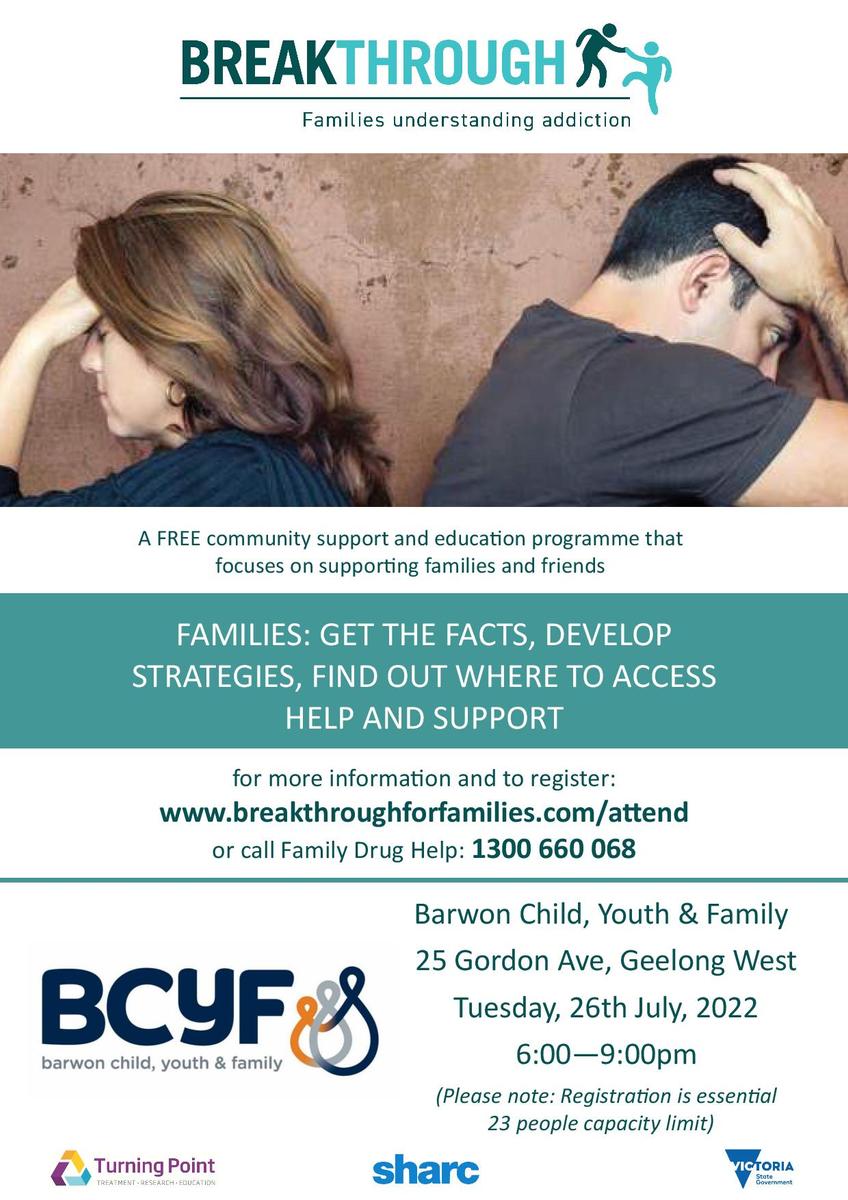Well-Being with Mr Lindsay

Well-Being at Teesdale Primary School
Hi Families,
Welcome to a brand-new page of our fortnightly newsletter!
At Teesdale Primary School, the wellbeing of our students has always been a priority for our staff and after the last two and a half years we understand that the wellbeing of our students is more important now than ever before.
Each fortnight, I will use this page to share information with you with a focus on how our staff are supporting the wellbeing of your child/ren as well as ways you can support your child/ren at home.
This week I thought I would start by sharing a document with you that outlines how we manage the engagement and wellbeing of your child/ren. This document outlines the ways we create and maintain a safe, supportive and inclusive school environment.
When reading through this document you will see that it outlines the strategies we use:
- Universally- the strategies we use to engage all students. These strategies are applied to all students and work for roughly 85% of students.
- Targeted- the strategies we use for small groups of students. These may be used to address academic, social or emotional areas where further support is needed. These strategies will be used for around 10% of our students.
- Individual- these strategies are designed to support individual students at their point of need. These are usually delivered through 1-1 support of the student are used with roughly 5% of our students.
In this document, you will also see the way we support student behaviour. On the final pages you will see our Teesdale Primary School ‘Behaviour Flowchart’. This is displayed and used in all classrooms.
Our staff understand that when it comes to rules, expectations and student behaviour that consistency is the key. We have high and consistent expectations of all staff, students, parent and guardians.
Student misbehaviour is followed up in accordance with our behaviour flowchart. When a student acts in breach of the behaviour standards of our school, staff implement staged responses according to our behaviour matrix and we ensure that students are always provided with an opportunity to be heard.
Typical outcomes of addressing student misbehaviour may include:
- A warning that behaviour is inappropriate, as per our behaviour flowchart.
- A student being asked to move to a different spot within the classroom which will better support their learning.
- Withdrawal of privileges.
- Withdrawal from the classroom space, student will move to another classroom of the same year level.
- Referral to the school leadership team.
- Engagement in a Restorative Conversation- an opportunity for the student to be heard in a calm and respectful way.
- Behaviour support and intervention meetings
- Parental/Guardian notification about inappropriate behaviours and the consequences given by the teacher.
As a staff, we make professional decisions about student learning, wellbeing and behaviour each and every day. Whilst we appreciate the support of our school community in trusting our judgement and supporting our professional decisions, we also welcome you to ask for clarification when needed to ensure any follow up conversations taking place at home are informed.
Finally, I want to be absolutely clear that we are here for you. If you have any questions or concerns about the wellbeing of your child/ren please reach out. Whether this is a conversation with your child’s classroom teacher of myself, I encourage you to be proactive and start a conversation sooner rather than later.
Speak soon,
Rhys Lindsay.
Barwon Child, Youth & Family - Brief Interventions Counsellor


